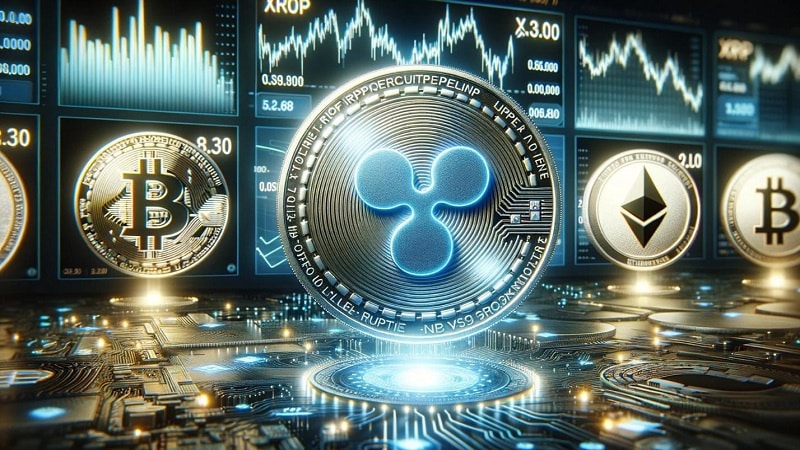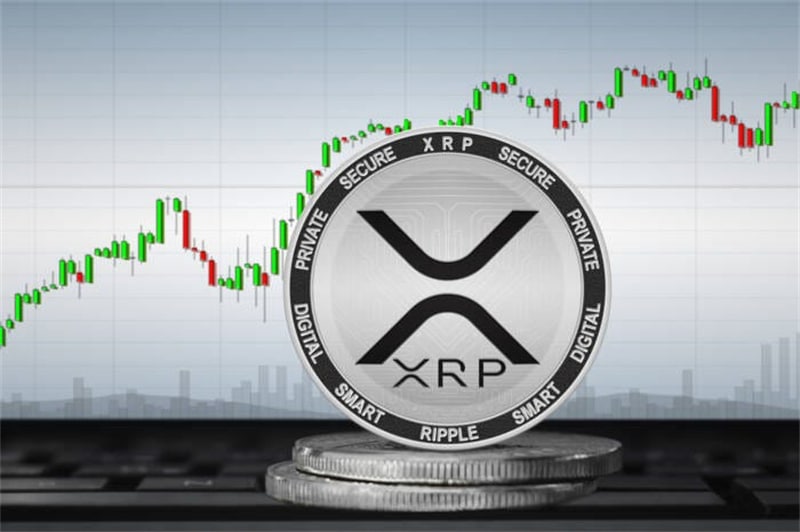
Introduction to Cryptocurrency Comparison
In the fast-paced world of cryptocurrency, staying abreast of the latest XRP news can give investors an edge. XRP has positioned itself as a significant player among cryptocurrencies, but how does it stack up against its competitors?
This comparative analysis delves into XRP's unique features and compares them with other leading cryptocurrencies to provide a clearer picture.
XRP: The Efficient Digital Asset

XRP, often associated with Ripple, has carved out a niche in the crypto space with its highly efficient settlement mechanism; it stands out for its fast transaction times and minimal transaction costs.
Unlike Bitcoin or Ethereum, which use proof-of-work and are criticized for their energy consumption and slower transaction speeds, XRP operates on a consensus protocol that significantly reduces energy usage and enhances transaction efficiency.
Transaction Speed and Cost
● XRP
XRP transactions are processed in seconds, setting the standard for speed; coupled with transaction costs that are fractions of a penny, XRP caters to a global audience seeking quick and inexpensive transfers.
● Bitcoin
Bitcoin, while recognized as the first cryptocurrency, faces criticism for its longer transaction times, sometimes taking up to 10 minutes or more, and higher transaction fees.
● Ethereum
Ethereum, known for its smart contract functionality, also suffers from network congestion, leading to high gas fees and slower transaction speeds compared to XRP.
Scalability
Scalability is critical for any crypto coin aiming for widespread adoption; XRP shines in this aspect, handling 1,500 transactions per second (TPS), which starkly contrasts with Bitcoin’s 7 TPS and Ethereum's 30 TPS.
The Ethereum 2.0 upgrade aims to address this issue, but XRP still holds a significant lead.
Consensus Mechanism
● XRP's Consensus
XRP doesn't require mining and instead uses a consensus protocol involving unique node lists (UNLs) to validate transactions.
This eco-friendly approach eschews the energy-intensive mining process.
● Bitcoin’s Proof-of-Work
Bitcoin’s proof-of-work (PoW) system is well-known but increasingly scrutinized for its environmental impact.
● Ethereum’s Transition
Ethereum is transitioning to proof-of-stake (PoS) with Ethereum 2.0, aiming to improve its environmental footprint and scalability.
Use Case and Utility
● XRP for Cross-Border Payments
XRP's primary use case lies in facilitating cross-border payments for banks and financial institutions, offering a more efficient alternative to traditional banking systems.
● Bitcoin as ‘Digital Gold'
Bitcoin is often considered ‘digital gold' and serves as a store of value rather than a currency for daily transactions.
● Ethereum as a Platform
Ethereum serves as a platform for decentralized applications (dApps) and smart contracts, extending its utility beyond mere currency.
Market Capitalization and Liquidity
While market capitalization and liquidity are volatile and subject to change, they are crucial for determining the robustness of a cryptocurrency.
XRP consistently ranks among the top currencies by market cap, though it typically trails behind Bitcoin and Ethereum.
High liquidity is also a hallmark of a strong cryptocurrency, which XRP maintains, thus ensuring its competitiveness in the market.
Regulatory Landscape

The regulatory landscape is an area where XRP has faced challenges, particularly with the SEC in the United States.
This contrasts with Bitcoin and Ethereum, which have, thus far, faced fewer regulatory hurdles in major markets.
However, XRP’s proactive engagement with regulators could set a precedent for how cryptocurrencies can operate within legal frameworks.
Community and Developer Ecosystem
The strength of a cryptocurrency's community and developer ecosystem can be a significant indicator of its long-term viability.
XRP boasts a dedicated community and a growing number of developers who are exploring the utility of XRP in different sectors, including finance and micropayments.
Investment Potential
Cryptocurrency investments are known for their volatility, but they also offer significant potential for returns; XRP’s lower price point compared to Bitcoin and Ethereum could be attractive for new investors.
However, it is essential for investors to stay informed with the latest XRP news to navigate the market effectively.
Conclusion: XRP in the Competitive Crypto Landscape
XRP holds a unique position in the cryptocurrency world with its focus on improving transaction efficiency and scalability. Its differences from other leading cryptocurrencies highlight the diverse applications and approaches within the crypto space. For anyone interested in the crypto market, following crypto coins news and trends is crucial for making informed decisions, especially in a landscape as dynamic as that of cryptocurrencies.
Whether considering transaction capabilities, market presence, or regulatory challenges, XRP's comparative analysis demonstrates its role as a major contender in the quest to redefine financial systems globally.










